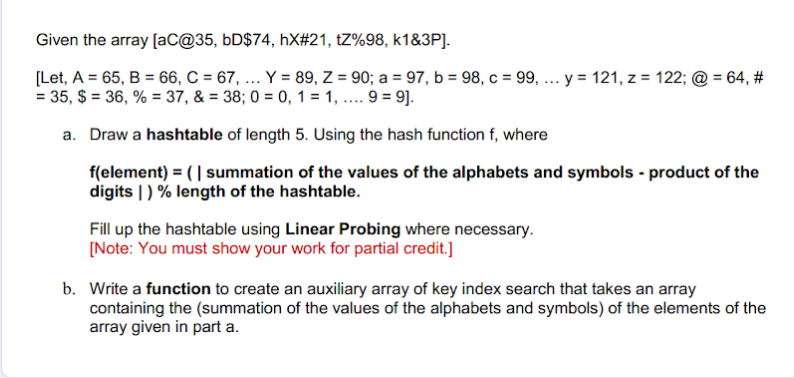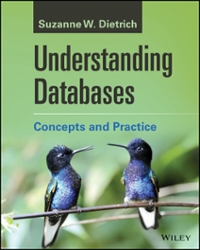Answered step by step
Verified Expert Solution
Question
1 Approved Answer
Given the array (ac@35, bD$74, hX#21, tz%98, k183P). [Let, A = 65, B = 66, C = 67, ... Y = 89, Z = 90;

Step by Step Solution
There are 3 Steps involved in it
Step: 1

Get Instant Access to Expert-Tailored Solutions
See step-by-step solutions with expert insights and AI powered tools for academic success
Step: 2

Step: 3

Ace Your Homework with AI
Get the answers you need in no time with our AI-driven, step-by-step assistance
Get Started


